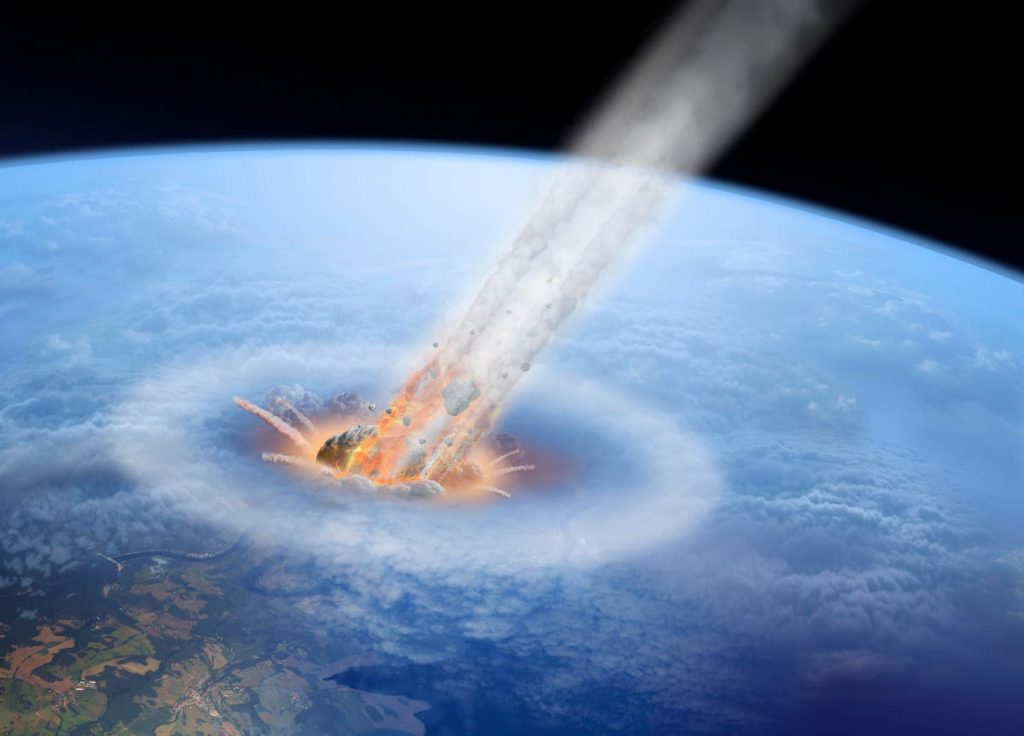Salt crystals—which only forms when liquid water is present—have been found on a sample of an asteroid brought back to Earth as part of a Japanese sample-return mission.
Published today in Nature Astronomy, the new research is evidence to support the theory that all of the water on the surface of Earth originally came from asteroid strikes. That’s because it’s thought that Earth—along with Mars, Venus and Mercury—formed close to the sun where temperatures were too high for water vapor to condense into liquid water.
However, it had also been thought that S-type (stony or silicate) asteroids—such asteroid Itokawa, where this sample came from in 2005, brought to Earth in 2010 by the Hayabusa mission—were thought to lack water-bearing minerals.
Since most of the asteroids in the inner solar system are S-types, it’s suddenly possible that there are a lot of wet asteroids out there.
Researchers at the University of Arizona Lunar and Planetary Laboratory discovered on the sample traces of sodium chloride—table salt.
“It has long been thought that ordinary chondrites are an unlikely source of water on Earth,” said Shaofan Che, lead author and director of the Kuiper Materials Imaging & Characterization Facility, who ruled out every possible source of contamination. “Our discovery of sodium chloride tells us this asteroid population could harbor much more water than we thought.”
Most such asteroids burn-up in the Earth’s atmosphere and never make it to the surface. “You need a large enough rock to survive entry and deliver that water,” said Che.
Previous research proposed that water molecules in the early solar system could become trapped in asteroid minerals and survive an impact on Earth. “Those studies suggest several oceans worth of water could be delivered just by this mechanism,” said Tom Zega, the study’s senior author and a professor of planetary sciences at the Lunar and Planetary Laboratory. “If it now turns out that the most common asteroids may be much ‘wetter’ than we thought, that will make the water delivery hypothesis by asteroids even more plausible.”
It’s suspected that the sample’s salt crystals have been there since the beginning of the solar system 4.5 billion years ago.
Wishing you clear skies and wide eyes.
Read the full article here










